In today's interconnected world, having seamless access to your smartphone's content from your computer can significantly boost productivity. Microsoft's 'Your Phone' app offers this convenience by linking your Android device to your Windows 11 PC. This guide provides detailed steps to connect your Android phone with your Windows 11 computer, allowing you to access photos, messages, calls, notifications, and even compatible apps directly from your PC.
Compatibility of 'Your Phone' app with iPhone
Currently, the 'Your Phone' app offers limited functionality with iOS devices like iPhones. While basic pairing might be possible, full synchronization features available for Android devices are not supported due to iOS restrictions. Apple's operating system limits access and flexibility, making it difficult to achieve reliable syncing with Windows 11 using the 'Your Phone' app.
Connecting Your Android Phone to Windows 11 using 'Your Phone' app
By linking your Android phone to your Windows 11 PC, you can stay connected without constantly switching between devices. Follow these steps to synchronize your devices:
- On your Windows 11 PC, click the search icon and type
Your Phone. Open the Your Phone app from the search results.
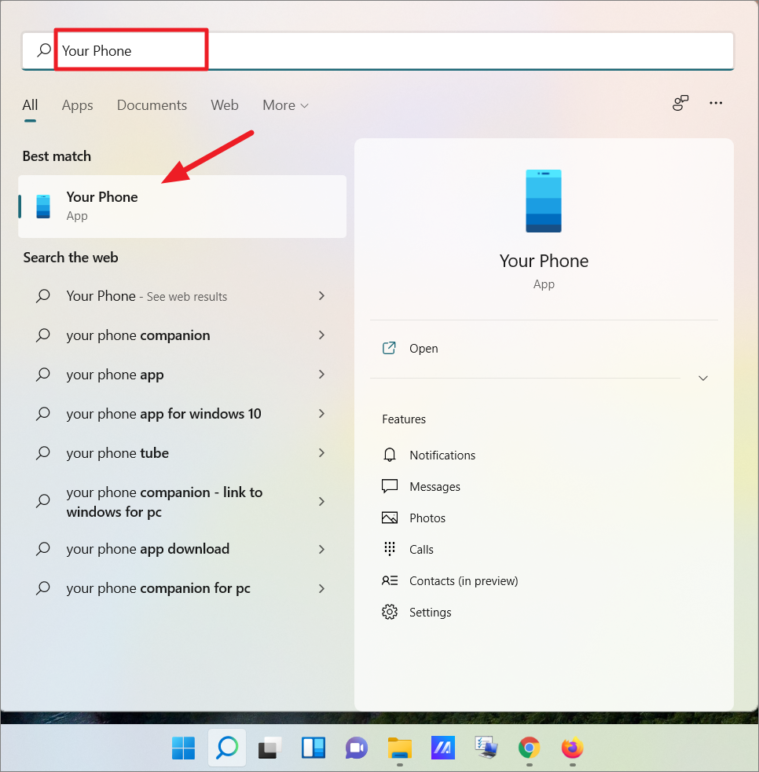
- In the app, click on the Get started button to initiate the setup process.

- When prompted, sign in with your Microsoft account by clicking Sign in. You can choose an existing account or sign in with a different one.

- After signing in, a QR code will appear on your PC screen.
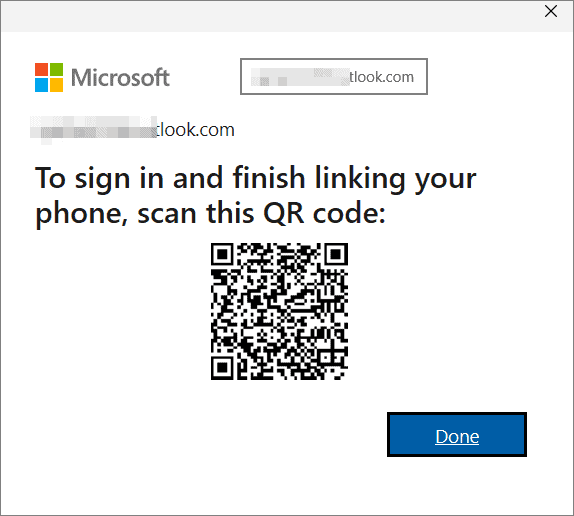
Installing the 'Your Phone Companion' App on Your Android Device
- On your Android phone, open the Google Play Store and search for Your Phone Companion – Link to Windows. Alternatively, visit aka.ms/yourpc in your phone's browser to be directed to the app. Tap Install to download it.
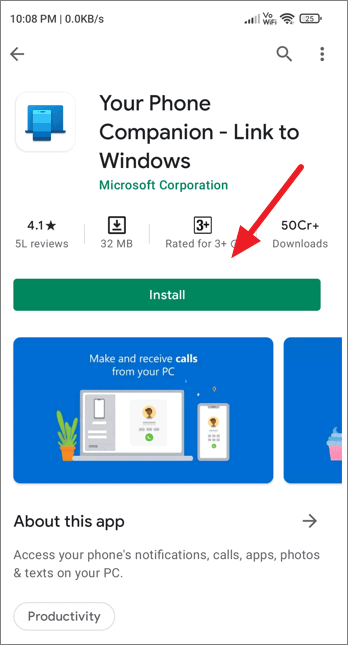
- Once installed, open the app and tap Link your phone and PC to start the pairing process.

- Tap Continue to scan the QR code displayed on your PC. Use your phone's camera to scan the code.
If you're unable to scan the QR code, tap the back button and select Sign in with Microsoft. Sign in using the same Microsoft account as on your PC.
- After linking, you'll need to grant permissions. Tap Continue and then Allow for each permission request to provide access to your contacts, messages, calls, and media.
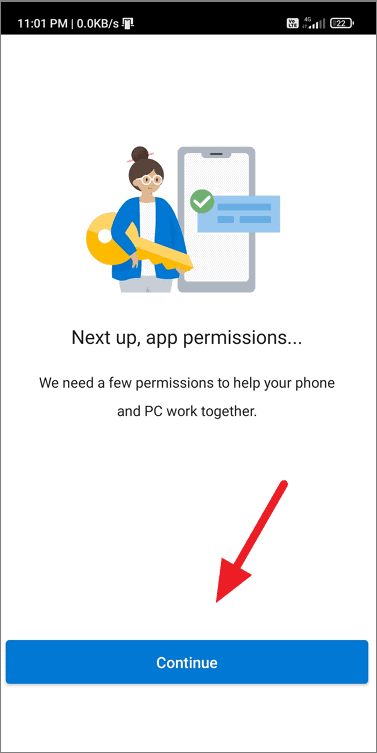
- Tap Continue to optimize battery settings for the app.

- Finally, tap Done. A message confirming that your phone and PC are linked will appear.
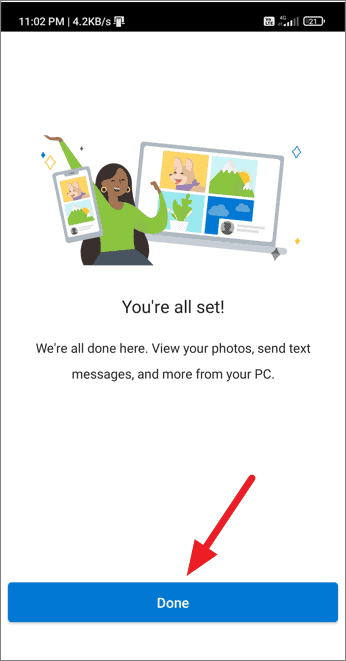
Setting Up the 'Your Phone' App on Your Windows 11 PC
- Back on your PC, click Done on the QR code screen after linking.
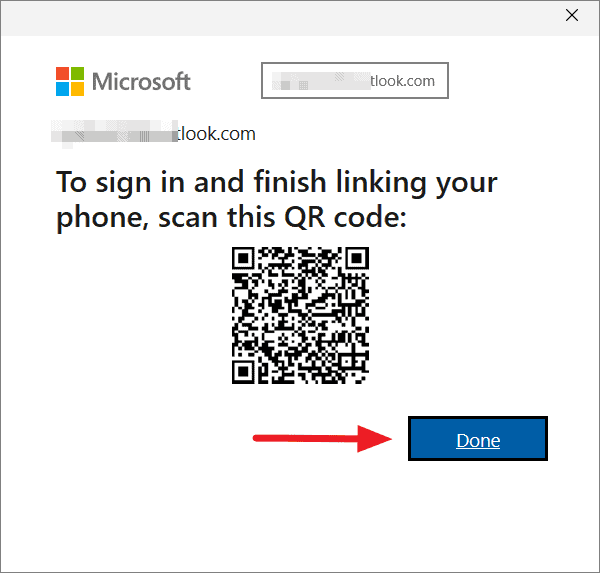
- You'll see a confirmation message. Click Continue to proceed.

- In the welcome screen, click Get started to explore the app's features.

- You'll be introduced to the app's capabilities, including messaging, calls, photos, and notifications. Click Skip to access the main interface.

The 'Your Phone' app interface will now display tabs like Notifications, Messages, Photos, Calls, and Contacts. Some features may be limited based on your device.
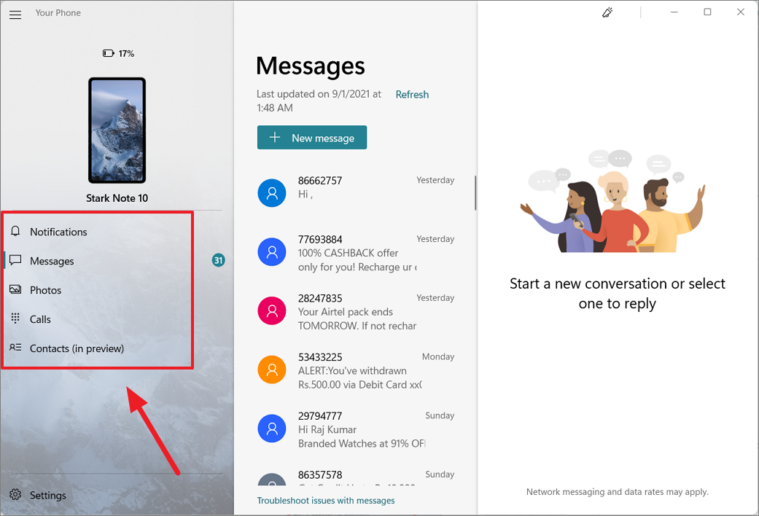
Making Calls from Your Windows 11 PC Using 'Your Phone' App
You can make and receive calls directly from your PC once your phone is connected via Bluetooth:
- In the 'Your Phone' app on your PC, go to the Calls tab. If Bluetooth is disabled, click Enable to turn it on.

- Ensure Bluetooth is active on your phone and keep it nearby. Click Connect on your PC to pair the devices.

- Your PC will request permission to access call logs and make calls. Click Send permission to send a notification to your phone.

- On your phone, tap the notification and select Allow to grant access to your call logs.
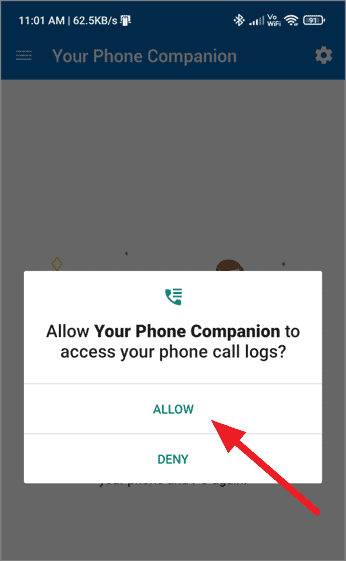
After granting permission, your recent calls will display on your PC, and you can make calls using your PC's microphone and speakers.

Note: Calls are made through your phone but can be managed entirely from your PC using its audio hardware.
Viewing Your Phone's Notifications on Your Windows 11 PC
To sync your phone's notifications with your PC:
- In the 'Your Phone' app on your PC, select the Notifications tab and click Open settings on phone.

- A notification will appear on your phone requesting permission. Tap it to open Notification access.
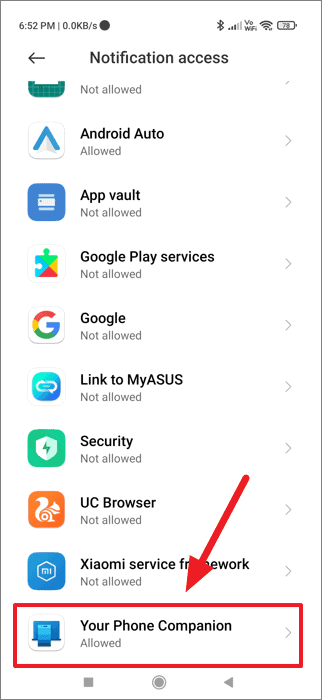
- Find and select Your Phone Companion, then toggle on Allow notification access.
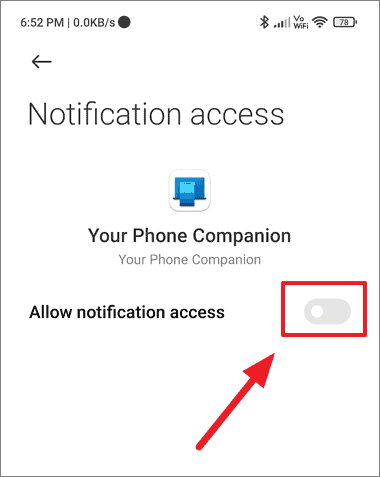
You may receive a warning about granting access. If you trust the connection, confirm and proceed.
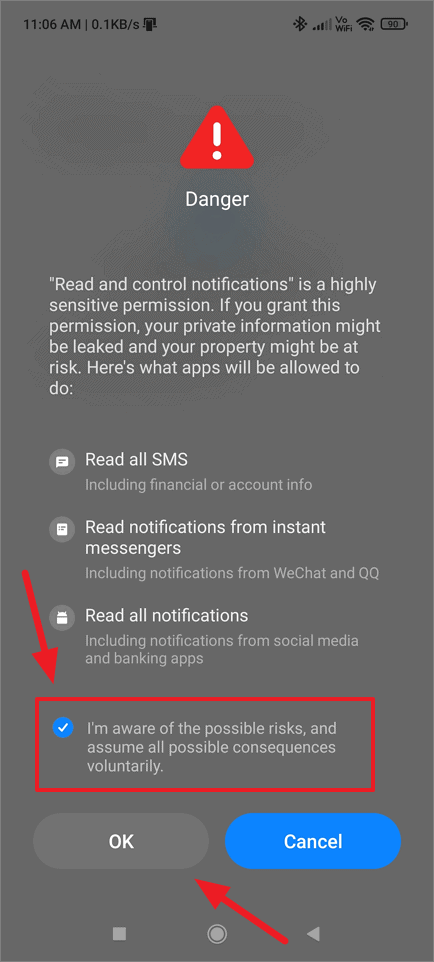
- Back on your PC, click Refresh in the 'Your Phone' app to view your phone's notifications.
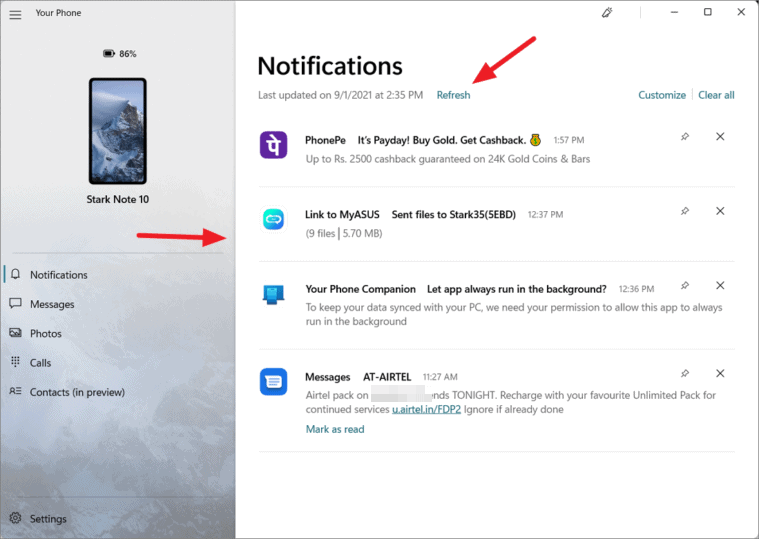
You can dismiss notifications individually by clicking the X or clear all at once with Clear all. Actions sync across your devices.
Linking Additional Devices to Your PC
You can connect multiple Android devices to your PC, though you can access content from only one at a time:
- In the 'Your Phone' app on your PC, click Settings at the bottom of the left sidebar.
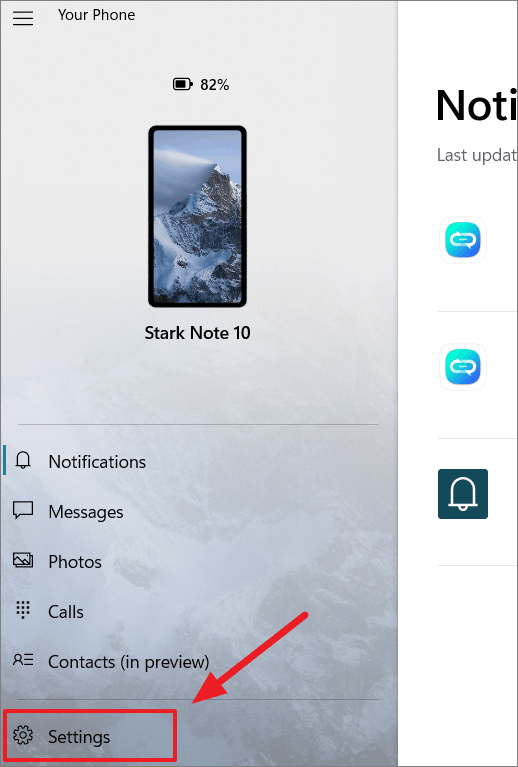
- Under My Devices, click Link new device and follow the on-screen instructions to add another phone.
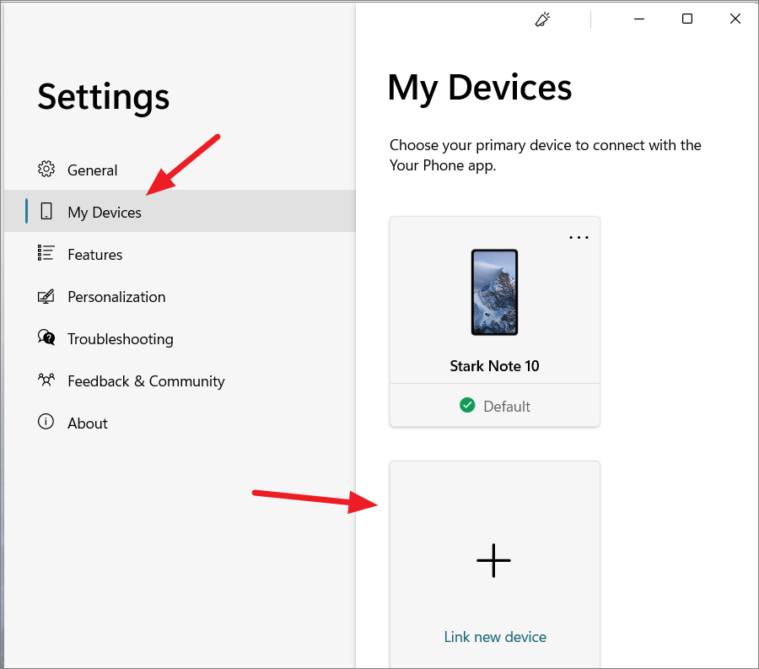
To remove a device, click the three-dot menu next to it and select Remove.

Sending Links from Your Phone to Your PC via 'Your Phone' App
To share links from your phone to your PC:
- Ensure your PC is on and the 'Your Phone' app is open or running in the background.
- On your phone, open the content you want to share (e.g., a YouTube video) and tap Share.
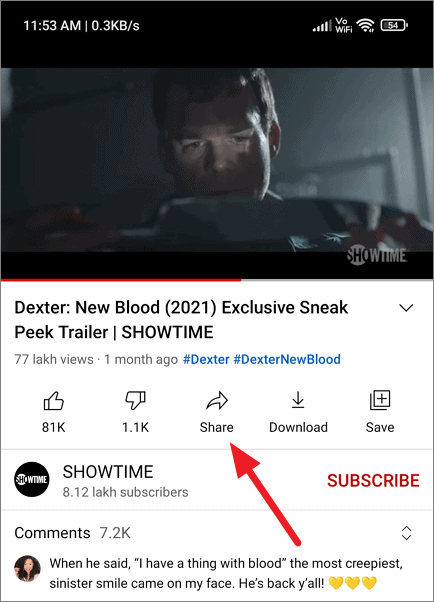
- Select Your Phone Companion from the sharing options.

- Choose your PC from the list.
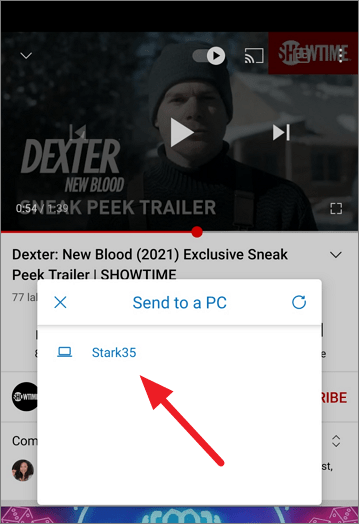
- A success message will appear. The link will open automatically in your PC's default browser.


Disabling Features in the 'Your Phone' App
You can control which features the 'Your Phone' app can access:
Disabling Photo Sync
- Open the 'Your Phone' app on your PC and click Settings.
- Under Features, scroll to Photos and toggle off Allow this app to show photos from my phone.
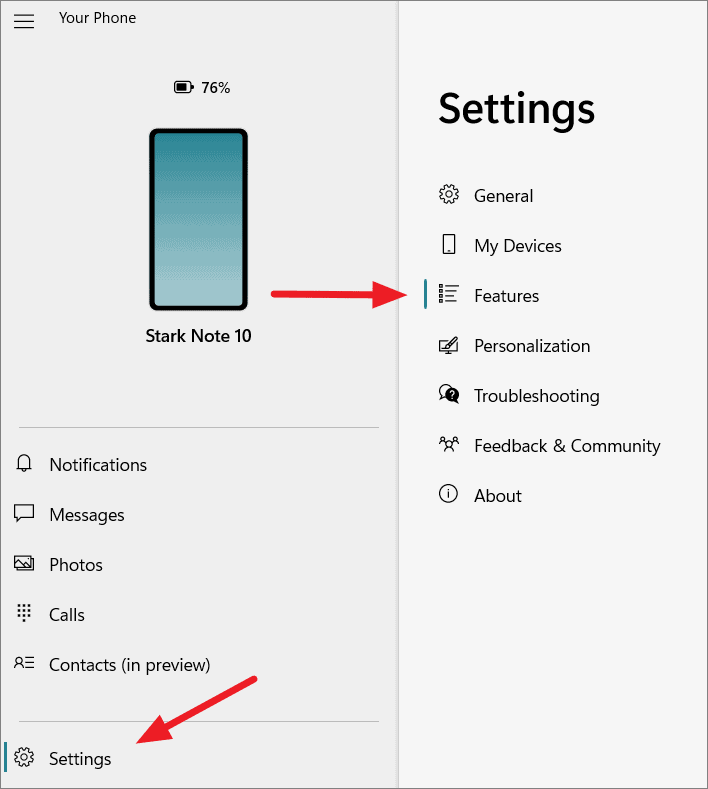
You can re-enable this feature anytime by toggling it back on.
Disabling Phone Notifications on Your PC
- On your phone, go to Settings and tap Privacy protection.

- Tap Special permissions and select Notification access.
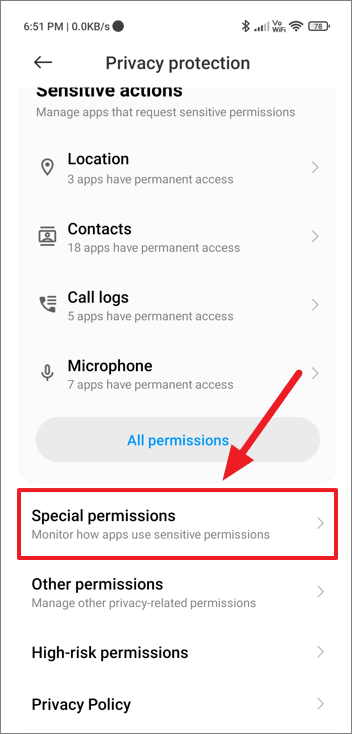
- Find Your Phone Companion and toggle off Allow notification access.

Managing App Permissions on Your Android Device
- Open Settings on your phone and select Apps.

- Tap on Your Phone Companion and select App permissions.
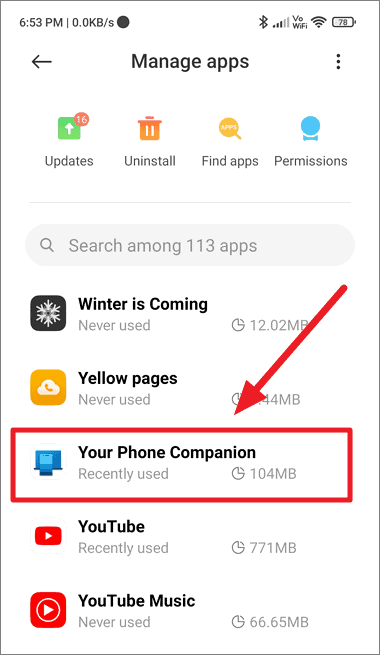
- Choose Files and media (or any other permission) and select Deny to revoke access.

By connecting your Android phone to your Windows 11 PC using the 'Your Phone' app, you can enhance your workflow and stay connected effortlessly. Customize the app's settings to suit your privacy needs and enjoy a unified experience across your devices.

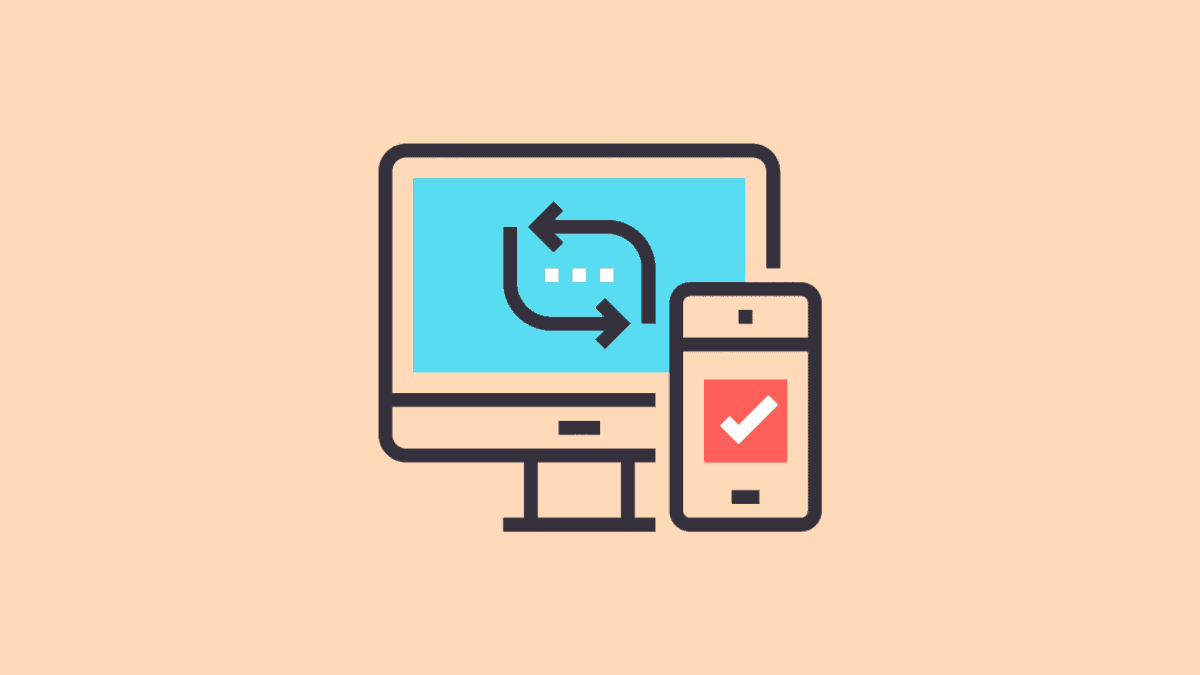




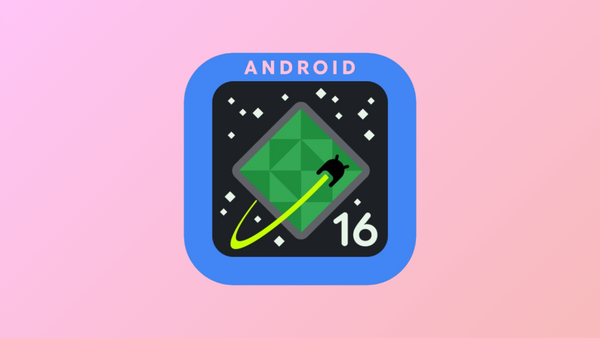

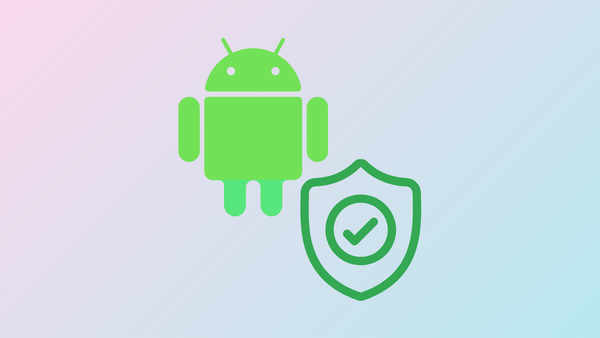


Member discussion